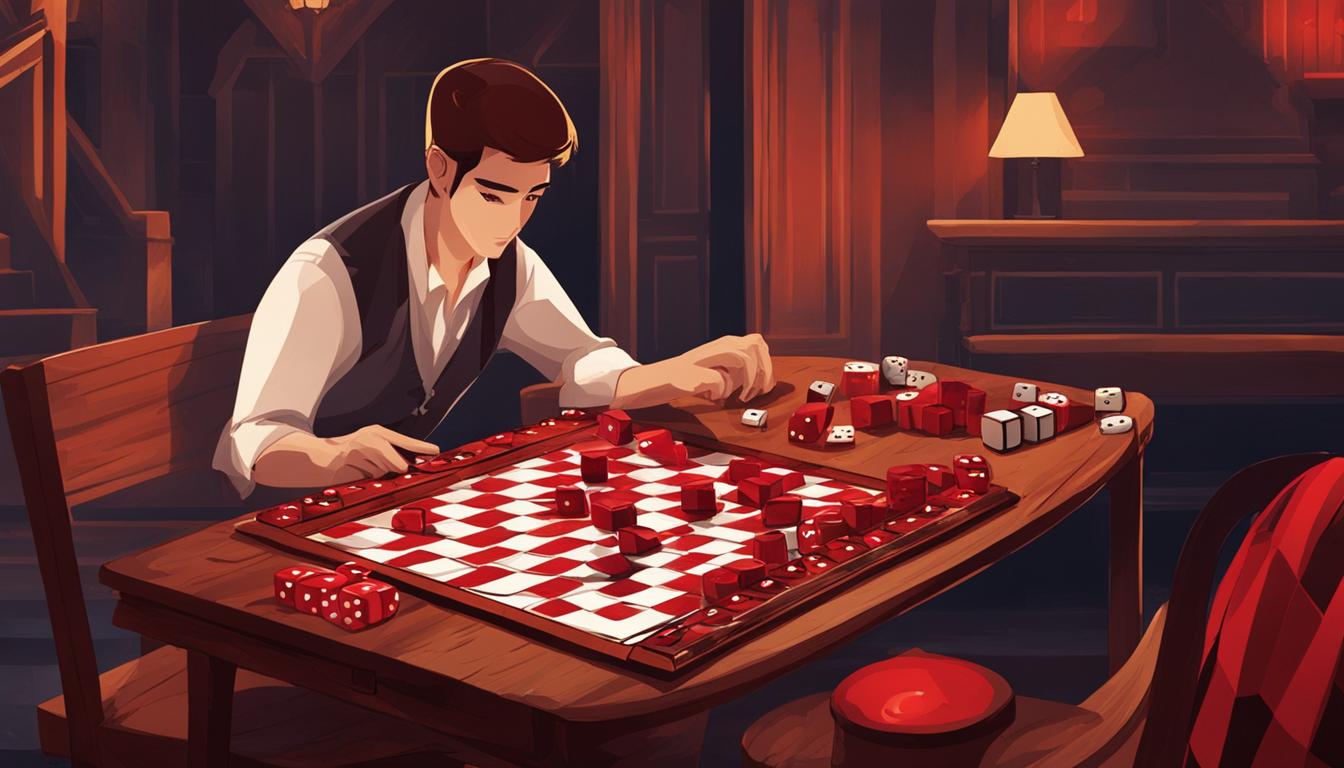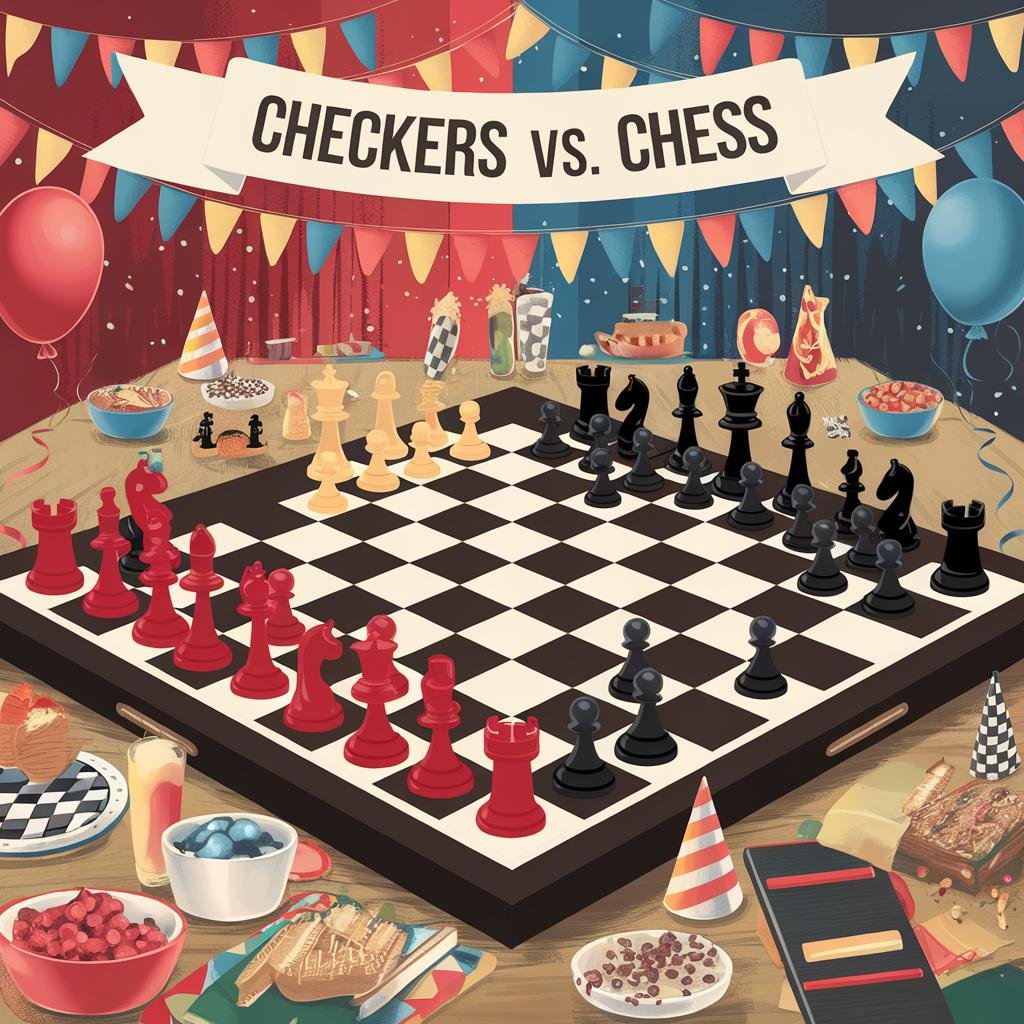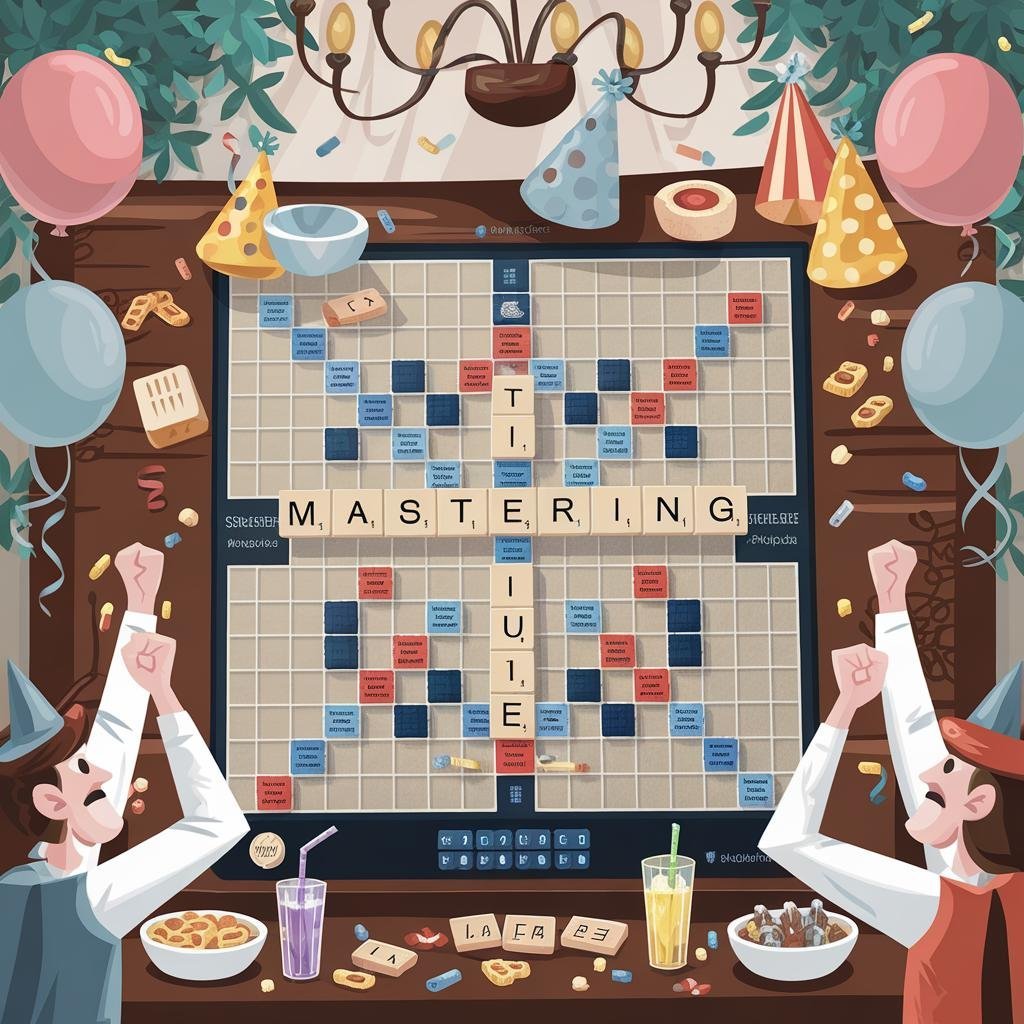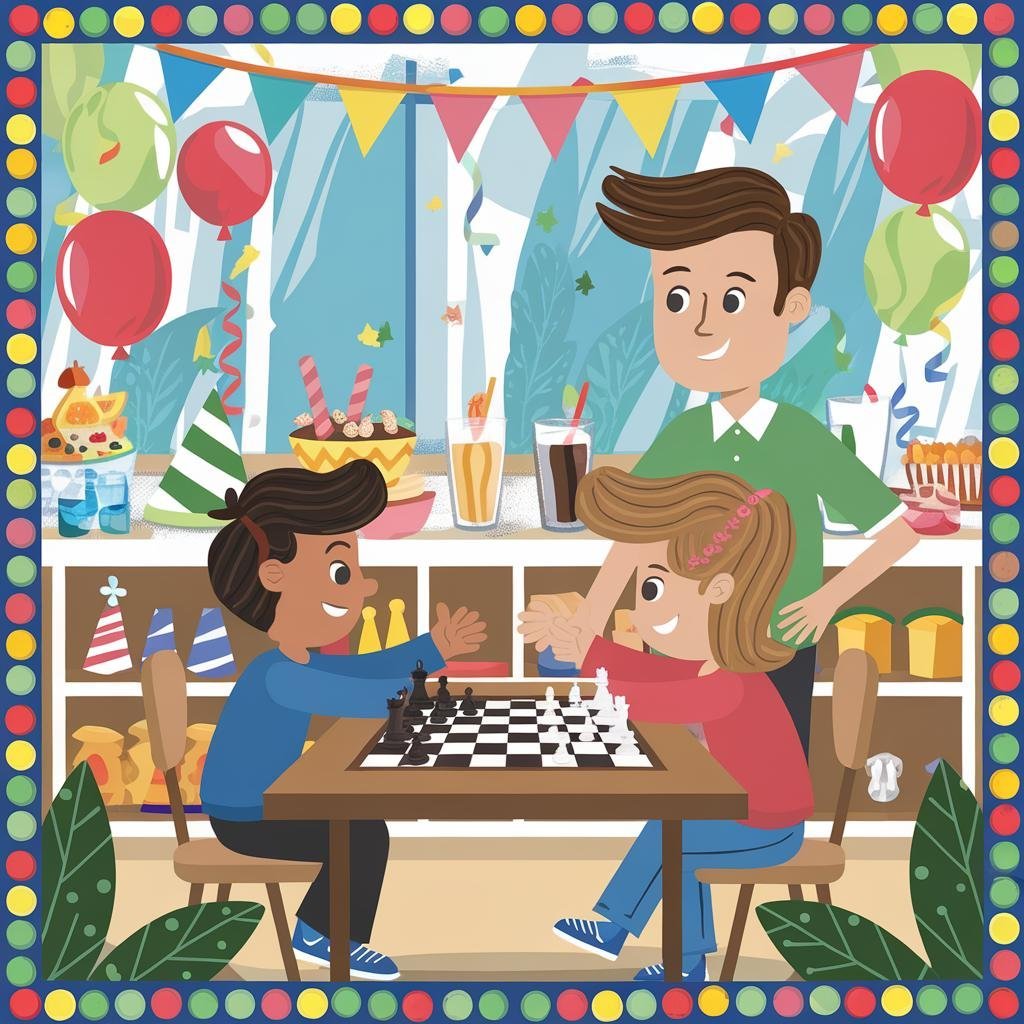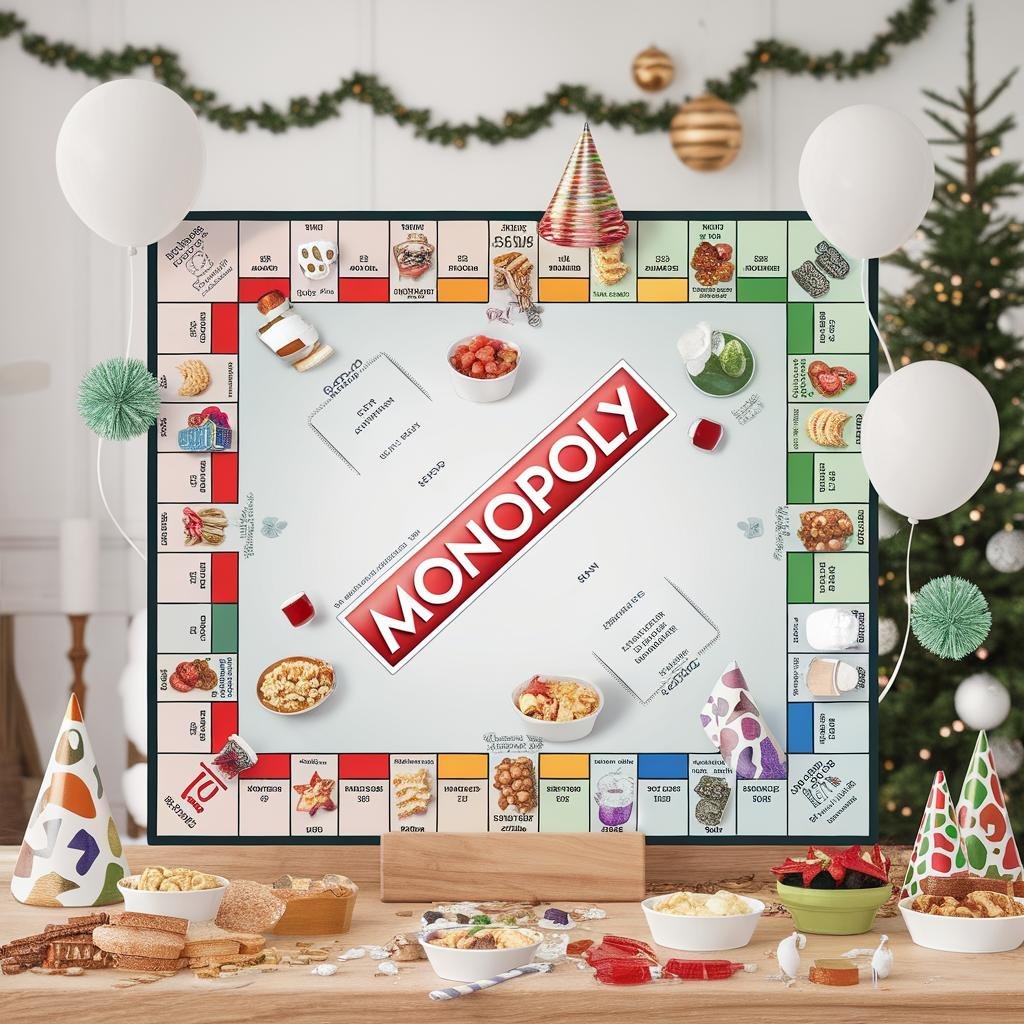Disclosure: This Post Contains Affiliate Links; We earn a commission on purchases.
Welcome to our beginner’s guide to backgammon! Whether you’re new to the game or looking to brush up on your skills, this article will provide you with the basic knowledge and strategies needed to play and win at backgammon. Backgammon is a classic board game that combines strategy, luck, and tactics, making it a fun and challenging game for players of all levels.
Key Takeaways:
- Backgammon is a game for two players played on a board consisting of twenty-four narrow triangles called points.
- The objective of the game is to move all your checkers into your own home board and then bear them off.
- The movement of checkers is determined by the roll of two dice.
- If a player lands on a point occupied by a single opponent’s checker, they hit that blot and send it to the bar.
- Understanding the rules, strategies, and tactics is essential for success in backgammon.
Now that you have a basic understanding of backgammon, let’s dive deeper into the game by exploring the backgammon board and its setup in the next section.
Table of Contents
Backgammon Board Basics
In backgammon, the board is an essential component of the game. Understanding its layout and different areas is key to playing strategically. The backgammon board consists of 24 points, which are narrow triangles on the board. These points are grouped into four quadrants:
- The player’s home board
- The player’s outer board
- The opponent’s home board
- The opponent’s outer board
The home board is the section of the board where a player’s checkers are placed initially, and the ultimate goal is to bear them off from this area. The outer board is the section of the board that is closer to the opponent’s home board. The bar is the ridge that separates the two sides of the board, and it is where checkers go when they are hit.
Backgammon Board Overview
| Quadrant | Area | Description |
|---|---|---|
| Player’s Home Board | Points 19-24 | This is where a player’s checkers start and where they aim to bear them off. |
| Player’s Outer Board | Points 13-18 | This is the section of the board closer to the opponent’s home board. |
| Opponent’s Home Board | Points 1-6 | This is where the opponent’s checkers start and where they aim to bear them off. |
| Opponent’s Outer Board | Points 7-12 | This is the section of the board closer to the player’s home board. |
Setup and Starting Position
When starting a game of backgammon, each player begins with 15 checkers that are arranged in a specific setup on the board. The starting position is crucial as it determines the initial strategy and sets the stage for the game.
The setup is the same for both players, with checkers placed on the following points: the 24 point, the 13 point, the 8 point, and the 6 point. The arrangement of the checkers is mirrored, meaning that the player’s checkers on the 24 point correspond to the opponent’s checkers on the 1 point.
It’s important to note that the checkers are positioned in a specific pattern to create an optimal starting position. This arrangement allows for strategic moves, as players navigate their checkers towards their home board while simultaneously blocking their opponent’s progress. The starting position sets the tone for the entire game, influencing each player’s decision-making and gameplay strategy.
Movement of Checkers
In a game of backgammon, the movement of checkers is a crucial aspect that determines the player’s success. To understand this concept, let’s delve deeper into how checkers move on the board.
Players move their checkers according to the roll of two dice. The numbers rolled on the dice indicate how many points the player can move their checkers. The movement is always forward, towards lower-numbered points on the board.
The player must aim to move their checkers strategically, taking advantage of open points. An open point refers to a point on the board that is not occupied by two or more opposing checkers. It is essential to identify and utilize open points to advance your position and hinder your opponent’s progress.
When moving the checkers, players should carefully consider the dice roll and identify the best possible moves. It is crucial to make the most out of the numbers rolled and seize opportunities that arise from open points on the board.
Let’s take a look at an example to illustrate the movement of checkers:
| Roll of the Dice | Possible Moves |
|---|---|
| 3-4 | Move one checker three spaces and another checker four spaces. |
| 1-2 | Move one checker one space and another checker two spaces. |
| 5-5 | Move one checker five spaces and another checker five spaces. |
By utilizing the numbers rolled on the dice efficiently and taking advantage of open points, players can strategically advance their checkers, gain an advantage over their opponents, and increase their chances of winning the game.
Understanding the movement of checkers is a fundamental aspect of mastering the game of backgammon. By learning to make calculated moves, utilizing open points, and capitalizing on the roll of the dice, players can enhance their strategic gameplay and increase their chances of success.
Hitting and Entering
In backgammon, landing on a point occupied by a single opponent’s checker can have a significant impact on the game. This move, known as hitting, allows the player to send their opponent’s checker to the bar, creating a temporary setback for their opponent.
Once a player has a checker on the bar, they must enter it back into the game. This is done by rolling the dice and moving the checker onto an open point that corresponds to the rolled numbers. The player must strategically choose the best possible move to re-enter the checker and continue their pursuit of victory.
Understanding when to hit and how to re-enter checkers is crucial in backgammon. It requires careful planning, calculated risk-taking, and the ability to adapt to changing game conditions. By effectively executing hitting and entering strategies, players can gain an advantage and strengthen their position on the board.
Bearing Off
Once a player has successfully moved all their checkers into their home board, they can begin bearing them off. This stage of the game is crucial and requires careful strategy. The objective is to remove all checkers from the board by rolling the numbers that correspond to the points where the checkers reside.
Rolling the right numbers is essential for bearing off. If a player fails to roll the exact numbers required to bear off a checker, they must make legal moves using higher-numbered points instead. This can sometimes prolong the game and create additional challenges for the player.
Knowing when and how to bear off is crucial. It’s important to assess the risks involved, such as leaving blots or exposed checkers that can be hit by the opponent. Making calculated decisions is key to successfully bearing off and securing victory.
| Rolling Numbers | Point to Bear Off from |
|---|---|
| 1 | 1 point |
| 2 | 2 point |
| 3 | 3 point |
| 4 | 4 point |
| 5 | 5 point |
| 6 | 6 point |
Bearing off efficiently can give players a significant advantage as it diminishes the opponent’s chances of making a comeback. However, careful consideration must be given to the overall board position, opponent’s moves, and potential risks before bearing off.
Strong strategic thinking and rolling the right numbers are essential for successful bearing off. It’s a critical phase where every move counts and can ultimately determine the winner of the game.
Doubling and the Doubling Cube
In the game of backgammon, players have the opportunity to double the stakes using a special tool called the doubling cube. This adds an exciting element of strategy and risk to the game.
The doubling cube is a six-sided cube with numbers 2, 4, 8, 16, 32, and 64 printed on its faces. It starts in the center of the board, indicating that the stakes are at 1x.
At any point in the game before rolling the dice, a player can propose to double the stakes to their opponent. If the opponent accepts, they become the owner of the doubling cube and have the option to propose their own double later in the game.
For example, if the player who owns the doubling cube proposes to double the stakes to 2x, their opponent can choose to accept and become the new owner of the doubling cube. If they accept, they may propose a redouble, taking the stakes to 4x. This process can continue with subsequent doubles and redoubles until one player decides to decline.
There is no limit to the number of doubles that can occur in a game of backgammon. This adds an intense level of excitement and calculation as players evaluate the strength of their position and the potential risks of accepting or declining a double.
Throughout the game, the doubling cube remains on the board, indicating the current value of the stakes. If a player wins the game when the doubling cube is at 2x, they earn double the initial stake. If they win when it’s at 4x, they earn quadruple the initial stake, and so on.
The doubling cube is a strategic tool that can significantly impact the outcome of a backgammon game. Players must carefully consider their options and the potential consequences before accepting or declining a double.
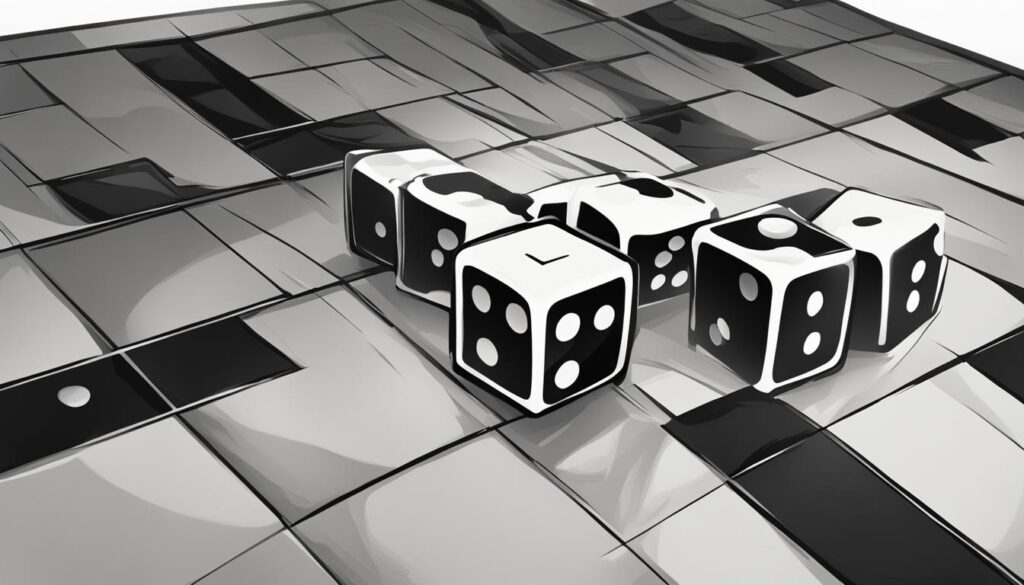
| Double Value | Stakes Multiplier |
|---|---|
| 2x | Double the initial stake |
| 4x | Quadruple the initial stake |
| 8x | Eight times the initial stake |
| 16x | Sixteen times the initial stake |
| 32x | Thirty-two times the initial stake |
| 64x | Sixty-four times the initial stake |
Gammons and Backgammons
In backgammon, there are two special terms used to describe certain outcomes: gammons and backgammons. Understanding these terms is essential as they have significant implications on the outcome of the game. Let’s explore what gammons and backgammons mean in the context of backgammon.
Gammons
A gammon occurs when the losing player has not borne off any of their checkers. In other words, they still have one or more checkers either on the bar or in the winner’s home board. When a gammon happens, the losing player not only loses the game but also loses twice the value of the doubling cube.
For example, let’s say the doubling cube value is 4 and the losing player hasn’t borne off any checkers. In this case, they would lose 8 points (twice the doubling cube value) instead of just 4.
Gammons usually happen when the losing player is behind by a significant margin and fails to bear off any checkers, resulting in a more substantial loss.
Backgammons
A backgammon is an even more severe outcome for the losing player. It occurs when the losing player has not borne off any checkers and still has a checker either on the bar or in the winner’s home board. Similar to gammons, a backgammon results in a higher penalty for the losing player.
When a backgammon occurs, the losing player not only loses the game but also loses three times the value of the doubling cube. This means they face an even more significant point deduction, making it a highly unfavorable outcome.
Understanding the concept of gammons and backgammons is crucial in backgammon strategy, especially when deciding whether to double the stakes with the doubling cube. It adds another layer of complexity and risk to the game, making the stakes higher for both players.
Remember, achieving a gammon or backgammon can significantly impact the score and overall outcome of the game. It’s important to strategize and make calculated moves to avoid falling victim to these unfavorable scenarios.
Now that you know the significance of gammons and backgammons, let’s explore some optional rules that can further enhance your backgammon experience.
Optional Rules
While backgammon has its basic set of rules, there are also optional rules that can be incorporated to add further excitement and strategy to the game. These optional rules include the Crawford Rule, automatic doubles, and beavers.
The Crawford Rule
The Crawford Rule is implemented when one player is one point away from winning the match. In this case, the use of the doubling cube is restricted for that particular game. This rule prevents the player who is behind from immediately doubling the stakes in an attempt to regain the advantage. Once the Crawford Rule is applied, the doubling cube becomes active again in subsequent games.
Automatic Doubles
Automatic doubles occur when both players throw identical numbers on the first roll. In this situation, the stakes of the game are automatically doubled. For example, if both players roll a double 3, the initial value of the doubling cube is multiplied by 4. This rule adds an element of surprise and raises the stakes right from the start of the game.
Beavers
Beavers is an optional rule that allows a player who has been doubled to immediately redouble. If a player believes that they have a strong position and can turn the tables on their opponent, they can choose to accept the double and double the stakes back in their favor. This rule encourages strategic thinking and can lead to intense back-and-forth battles during a game.
By incorporating these optional rules, players can customize their backgammon experience and add new dimensions to their gameplay. Whether it’s the tactical decision-making enforced by the Crawford Rule, the thrill of automatic doubles, or the opportunity to counter a double with a beaver, these rules enhance the strategic nature of the game.

Conclusion
Backgammon is a strategic and entertaining board game that combines skill, decision-making, and a touch of luck. By understanding the basics of the game, including the board setup, movement of checkers, hitting, and bearing off, players can fully immerse themselves in this ancient and captivating pastime.
Optional rules and the use of the doubling cube add an extra layer of complexity and excitement to the gameplay. From applying the Crawford Rule to restrict doubling when one player is one point away from victory, to experiencing the thrill of automatic doubles and the clever strategy of beavers, backgammon offers a wide range of possibilities to enhance the gaming experience.
With practice and experience, players can refine their strategies, hone their decision-making skills, and increase their chances of winning. The interplay between strategic planning and adapting to the roll of the dice is what makes backgammon a truly unique and engaging game.

As the founder of Friends Game Night, Ryan channels his enthusiasm for gaming into a platform that celebrates the magic of gathering friends around the digital or physical tabletop. Through his website, Ryan shares insightful articles, reviews, and recommendations, aiming to inspire others to create their own memorable gaming moments.
Subscribe to Our Newsletter

